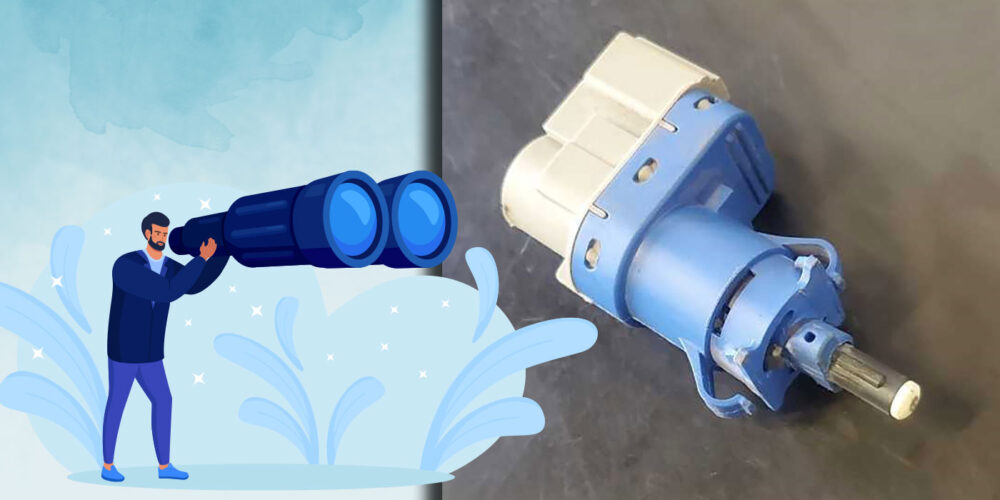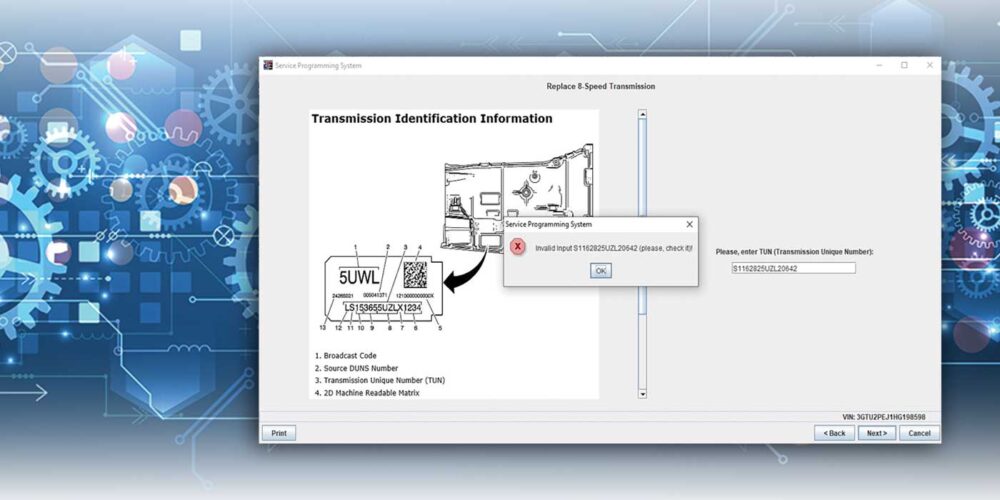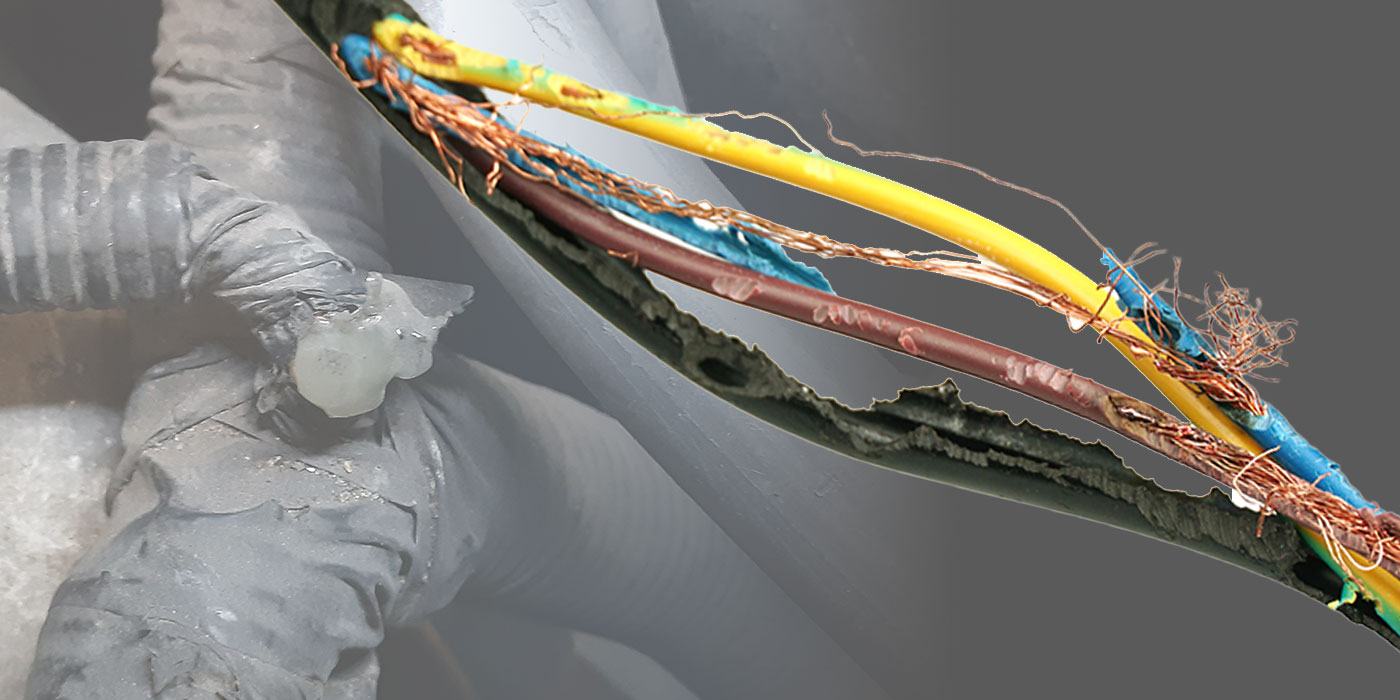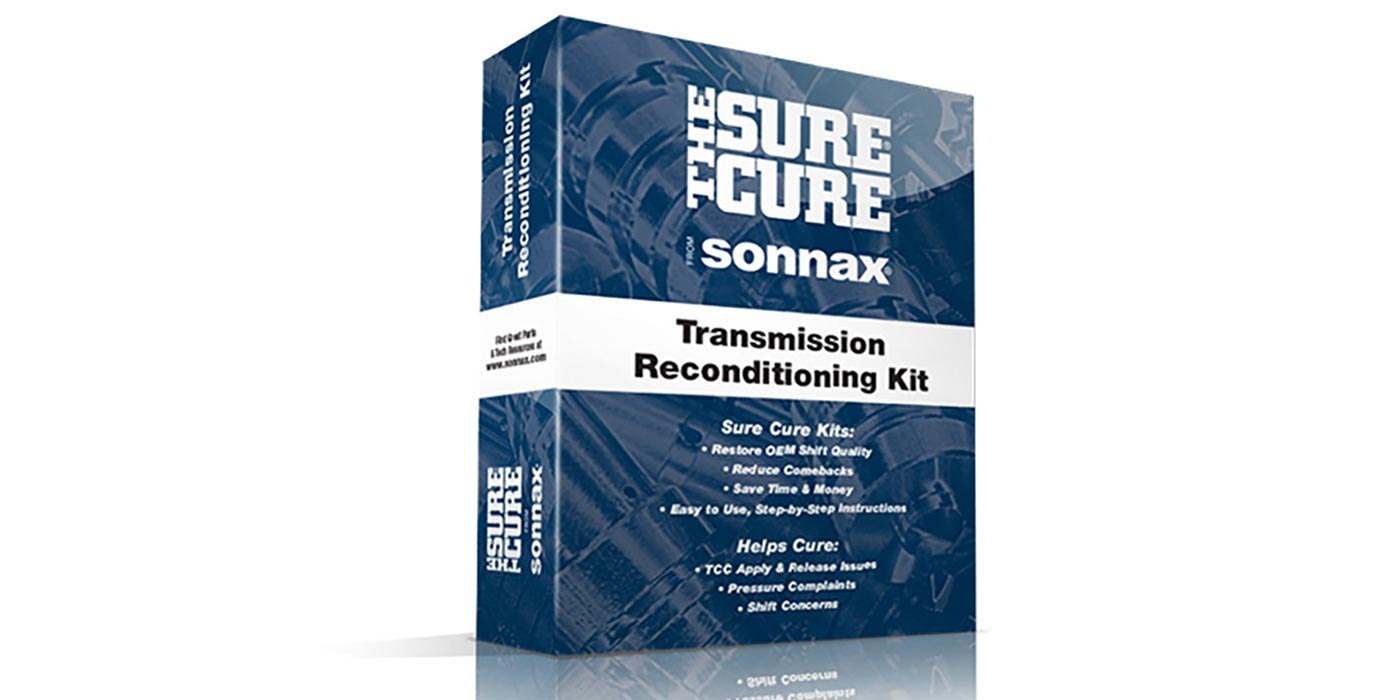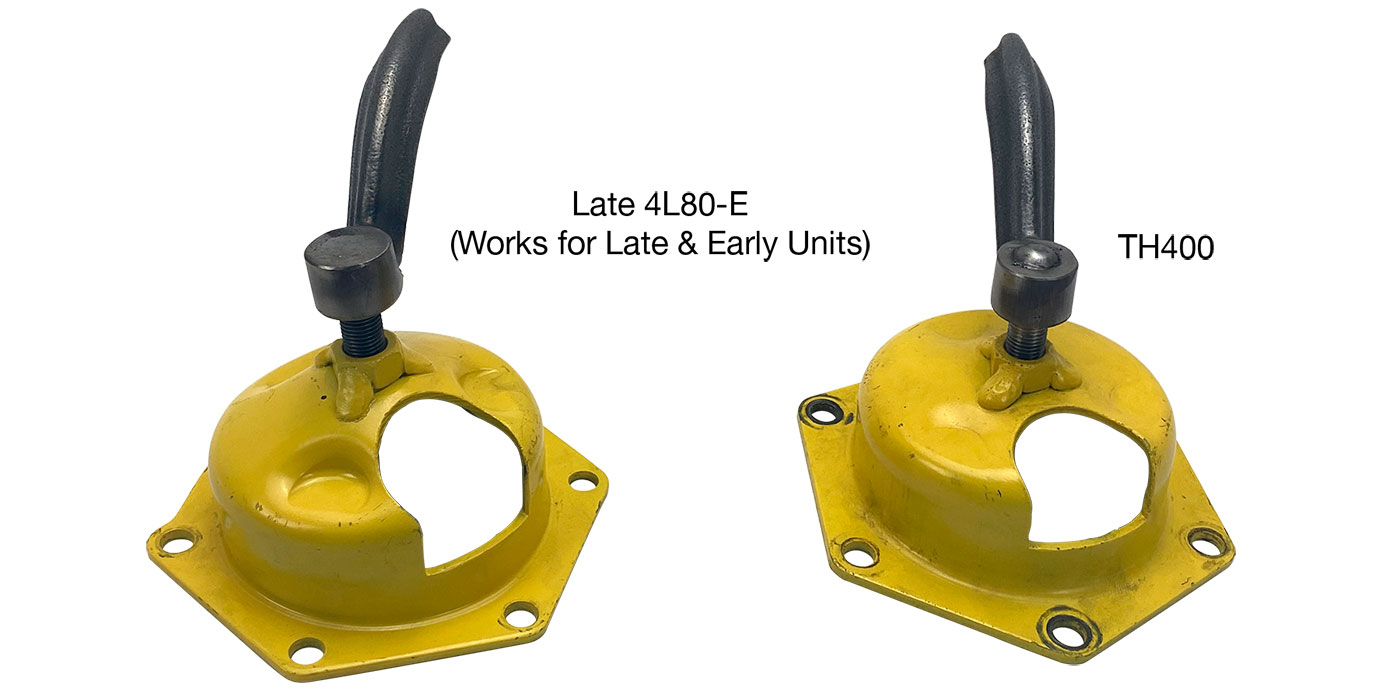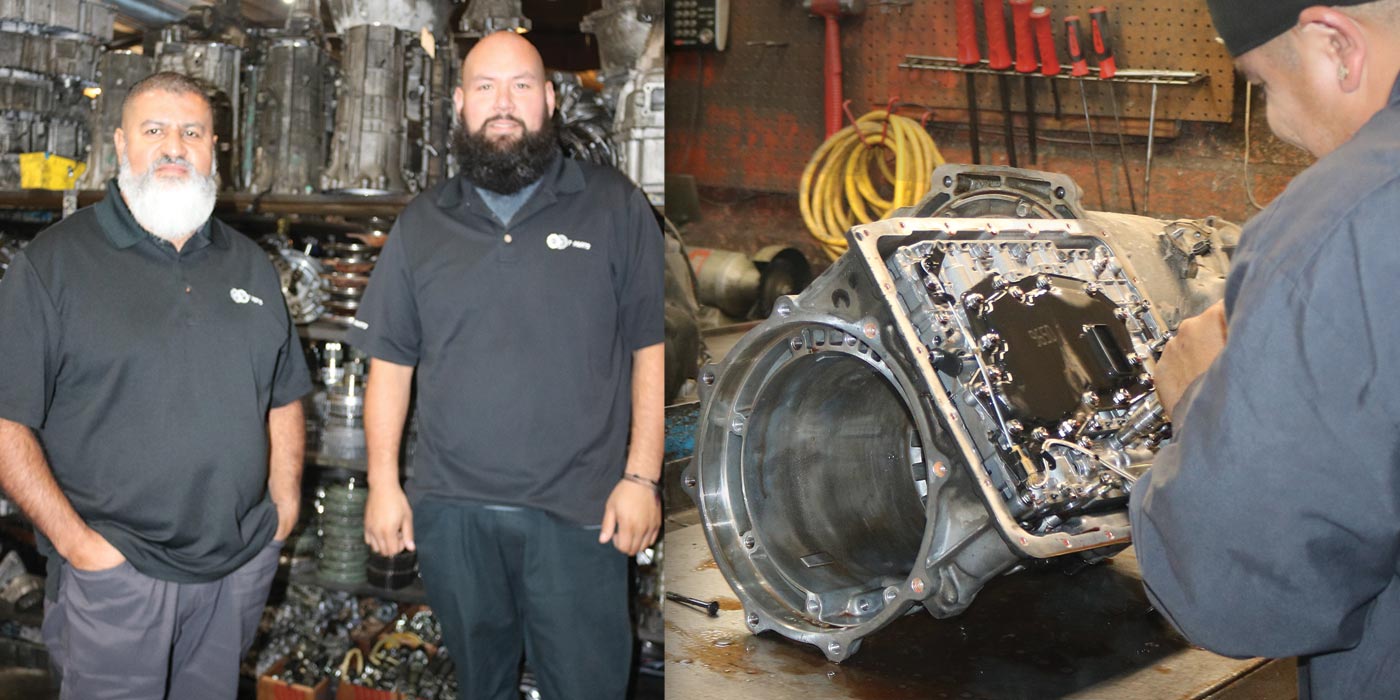We see such a variety of transmission problems these days, and all the electronics involved today certainly have added a whole new crop of potential issues. Even though a significant part of our diagnostic process is geared towards electrical issues, there are still times when the problem is simple and not related to electronics at all.
I will share a couple of quick stories, showing one problem that was electrical in nature and one that was just a part-related problem. While the fix in the end was not difficult to correct, both vehicles had major shifting issues.
The electrical issue
The first vehicle we are going to look at is a Ford F550 flatbed equipped with a 6.7L diesel engine and a 6R140 transmission. The truck is used for construction by one of our local companies.
This truck came to us with a concern of having very late upshifts, and sometimes no upshifts at all. The concern was intermittent. The customer said that this problem came out of nowhere. I started as I normally do, by bringing the truck inside and checking the fluid level. It was red and at the correct level. Next, I hooked up our scan tool and checked all system for codes. Surprisingly, there were no transmission codes present, but there were codes in other systems.
I left the scan tool connected and attempted to take the truck on a road test. I headed out on the road and right away the truck would not leave first gear. I watched the data stream and noticed that there was no command of an upshift to take place. Nothing on the data stream looked strange; it was showing output from the VSS (vehicle speed sensor), APS (accelerator position sensor), and the TR (range sensor) was reading correctly. It was time to look deeper into what was going on.
I started to wonder about the other system codes. There was a code in the ABS module for the brake switch. While there was no parameter to watch in the transmission data stream for brake switch input, I had a signal I could watch in the ABS data. The brake switch was showing a status of “on” all the time. I wondered if this could be preventing the TCM from sending the signal to make upshifts while the brake was applied, or at least when it thought it was applied. Inspection of the brake switch showed no damage, but testing its function confirmed that it was stuck on (see Figure 1, above on the right).
We contacted the customer to get authorization for a new switch. I replaced it and performed another road test. Immediately the upshift commands were restored, and the truck started to shift correctly. The replacement brake switch had corrected the problem. It appeared that it was preventing the TCM from sending the commands for upshift.
Again, this did not show up on the TCM data, so it didn’t jump right out as being the problem. If we hadn’t looked deeper into the codes in the other modules this may have been missed, and possibly even misdiagnosed. This is one of the reasons we scan all modules as part of our routine checkout procedure.
The parts issue
The next vehicle up for discussion is a 2008 Dodge Ram 1500 equipped with a 5.7L gas engine and a 545RFE transmission. This vehicle was brought in for a routine transmission service. As always, we scan and road test any vehicle that we are going to service before doing any work. We want to confirm there are no codes and that the transmission is operating as it should be. Pre-service, the vehicle drove as it should. We performed a pan drop service and broke open the filter to look for debris as we normally do. The filter looked clean inside with no metal or clutch debris.
The service was completed with a new filter and fresh fluid. Upon the final road test, the vehicle was found to be slipping from a stop, falling out of gear and shuddering. I conferred with the tech who worked on it and he was sure the filter grommet seal was in place. Since no symptoms were noticed on the previous road test, we decided we should pull the pan back down and make sure we didn’t see anything out of the ordinary.
This was a high-quality name-brand filter that we have used consistently over the years, so we did not suspect any issues with it. These filters are used by Certified Transmission as they are manufactured with a pressure relief valve that works well with the higher pressures our Road Ripper high-performance transmissions develop, but also work well with OEM applications. However, upon removal of the filter we noticed that the pressure-relief valve that sits in the flat part of the filter housing was missing (see Figure 2).
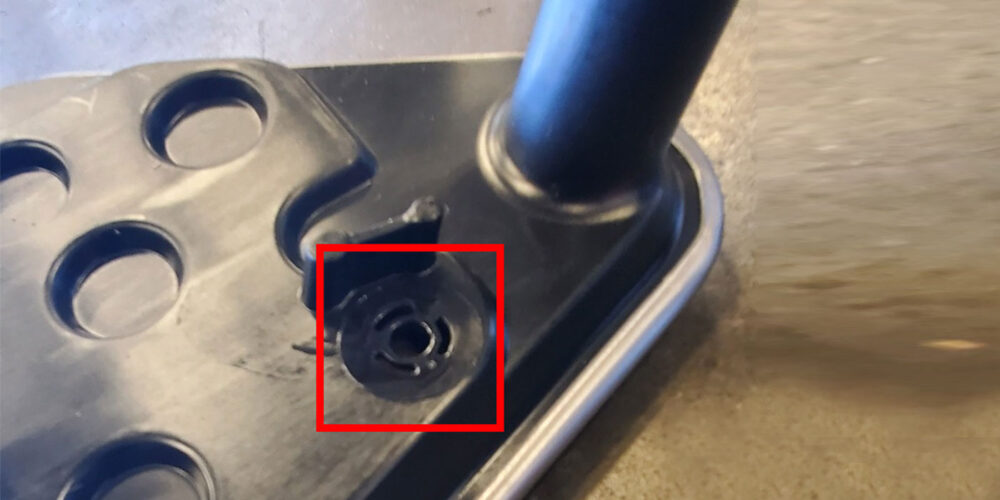
With the valve absent, this would allow air to be introduced into the system and potentially cause the symptoms that we were experiencing. We acquired another filter and saw that the valve in question was present in the new filter. We replaced the filter, added fresh fluid and performed another road test. The transmission functioned just at it should and all the previous symptoms had been corrected (see Figure 3).
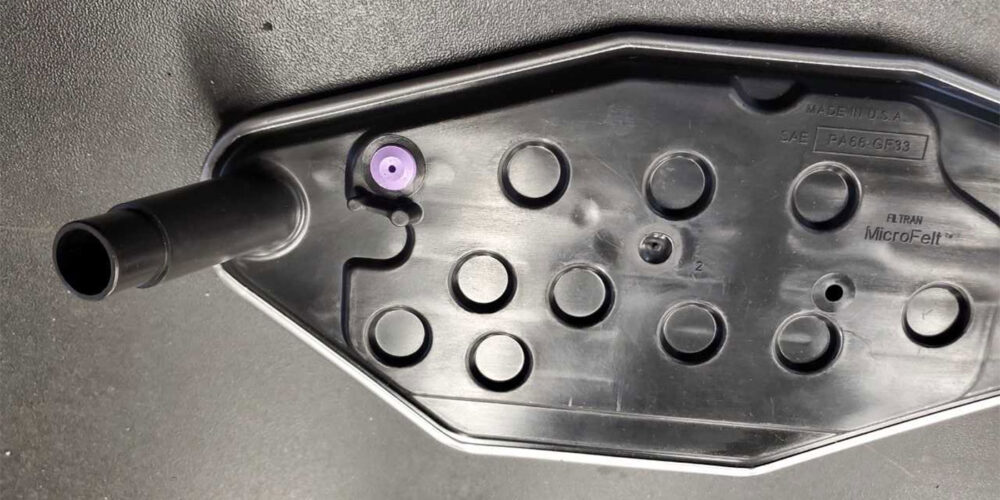
Be careful with this style of filter. As we found out, it could be defective as ours was and cause all kinds of shifting concerns. This always shows the importance of doing a road test and scan before servicing any vehicle, even if the customer has no stated concerns. It could save you some real problems down the line.
One concern was caused by a defective electrical component, and the other by a defective new part. Both issues were easily corrected with a deeper dive into the symptoms. Sometimes it’s easy to overlook the easy stuff, but it could cost you a lot of time in the long run. Catching things up front consumes less time than having to chase them down later.
Read more stories in our R&R Tech series here.
Dana Deeke joined Certified Transmission in 1991. Dana has worked in all positions at the Lincoln location starting as an R&R technician and currently resides as the diagnostician for their Lincoln, NE facility. He enjoys car racing and spending time with family and friends.

